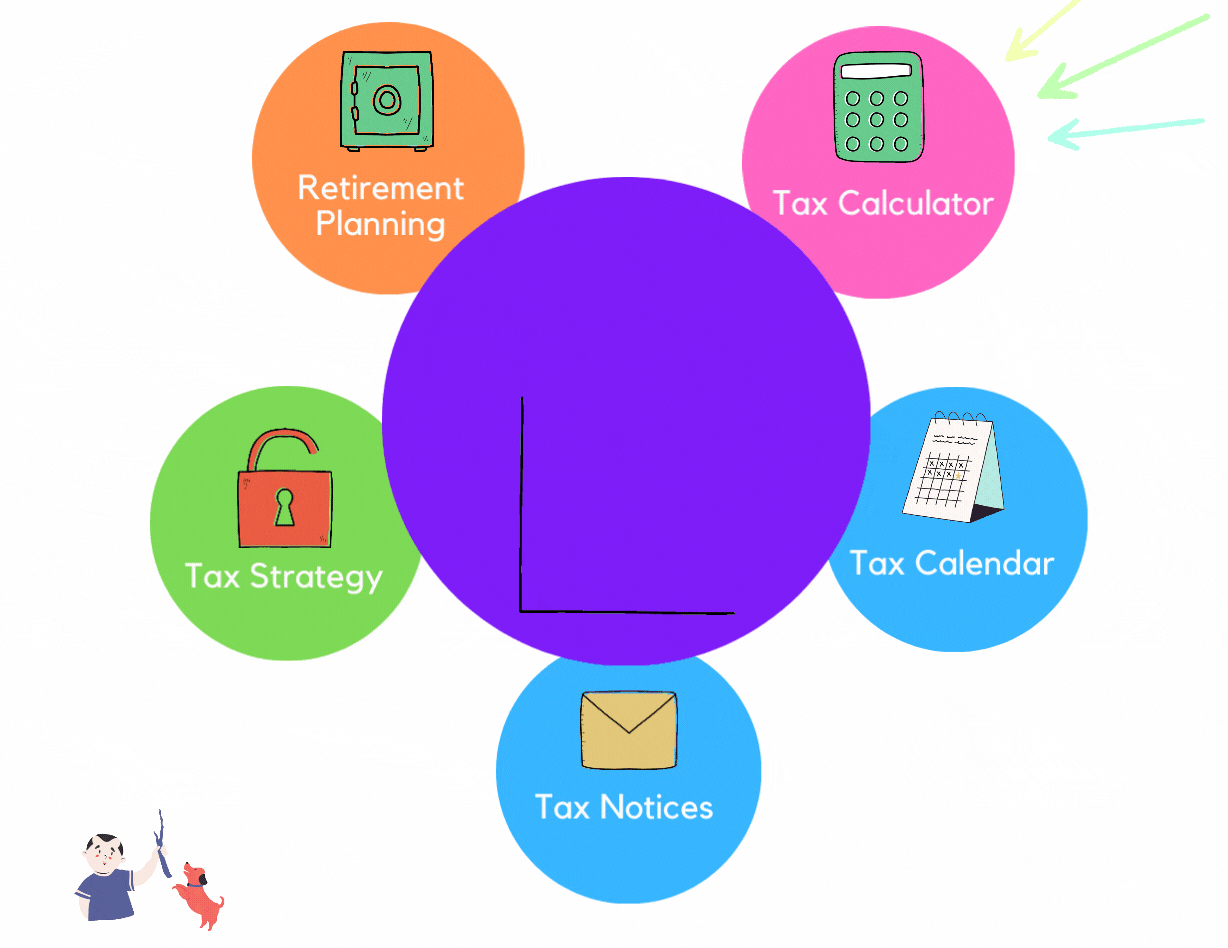Explore bountiful tax savings with tax planning using the timber deduction.
* 26 U.S. Code § 194 - Treatment of reforestation expenditures, (a) Allowance of deduction, https://www.law.cornell.edu/uscode/text/26/194
About this page:
If you want to stop paying high taxes for you, your family, or your business, learn about the timber deduction as a tax planning strategy, is a great way to get started!
Read on to learn about this tax savings deduction available to eligible farmers and land owners who have qualifying timber property.


Tax Planning & The Timber Deduction
Special deduction for our farmers and land owners.
TIM can be used for up to $10,000 to offset your income for each tree, each year!

Step 1
Am I an eligible taxpayer?
Do my expenses qualify?
Does my property qualify?
Step 2
Do I have a comprehensive tax plan I can understand and implement?
Do I have a tax plan that includes a combination of tax strategies I can use?
Do I have all the legal regulations indicated in my tax plan for reference or research purposes?
Step 3
Do I have all the necessary records for substantiation?
Are my records easily retrievable in case I am required to provide substantiation, in case of an audit2?
Step 4
Am I able to accurately complete all the necessary tax forms to receive this benefit?
Am I filing all the necessary tax forms in a timely manner to receive this benefit?
Should I make adjustments to the tax plan to take this benefit in another tax year?

Then, determine if you own the following qualifying property:
Qualified timber property4 is property that contains trees in significant commercial quantities. It can be a woodlot or other site that you own or lease. The property qualifies only if it meets all of the following requirements.
Next, determine if you have qualifying costs related to the qualifying property:
Qualifying costs5 are reforestation costs. They are the direct costs of planting or seeding for forestation or reforestation and that can increase the adjusted basis of the property.
Seeds or seedlings?
Finally, determine if you have the necessary records to take the deduction:
If you elect to deduct qualified reforestation costs, create and maintain separate timber accounts6 for each qualified timber property and include all reforestation costs and the dates each was applied. Do not include this qualified timber property in any account (for example, depletion block) for which depletion is allowed.

Second, create a tax plan with tax strategies that uses the TIM deduction and other strategies that align with your particular facts and circumstances to minimize, defer, or eliminate business taxes in the current year, prior year, or future year.
We suggest hiring a tax consultant, like ourselves, to create a personalized tax plan for you.
Third, implement the tax plan7 by keeping adequate records. Implementation could mean purchasing software or equipment or investing in a specific business enterprise to implement the strategies in the tax plan. A thorough review of your cash flow and your best estimate of future earnings are critical to realizing the tax savings in the tax plan.
Keeping adequate and reliable records plays a critical role for supporting documentation.
Finally, take the tax benefit by filing, timely and accurately, all the necessary tax forms and worksheets to receive the benefit.
This could mean filing amended returns to adjust amounts in returns filed in prior tax years, for example, when carryforward/carryback provisions are allowed.
Interested in a personalized tax savings presentation?
Learn what tax planning can do for you! Click the "Sign Up" button below to learn more about our "Let's Talk Tax Savings" personalized presentation and complete the sign up form to get started.

TIM calculation example:
= $12,500 is your TIM deduction that you can use to reduce income that is subject to taxes!
In this example, if you spent $2,500 and $10,000 respectively, on qualifying expenses for your qualifying timber property, up to $10,000 for each property, $12,500 total, can be used to reduce your income subject to taxes.

Interested in a personalized tax savings presentation?
Learn what tax planning can do for you! Click the "Sign Up" button below to learn more about our "Let's Talk Tax Savings" personalized presentation and complete the sign up form to get started.

"Anyone may so arrange his affairs that his taxes shall be as low as possible; he is not bound to choose that pattern which will best pay the Treasury; there is not even a patriotic duty to increase one's taxes"
---Billings Learned Hand (1872 - 1961), American Jurist, Lawyer, and Judicial Philosopher, US Federal Trial Judge, Southern District of New York, Appellate Judge of US Court of Appeals ---
_300x175-1.png?width=150&height=88&name=Pic_Lentax.co%20Logo%20(2021_09)_300x175-1.png)
_300x175-3.png?width=150&height=88&name=Pic_Lentax.co%20Logo%20(2021_09)_300x175-3.png)